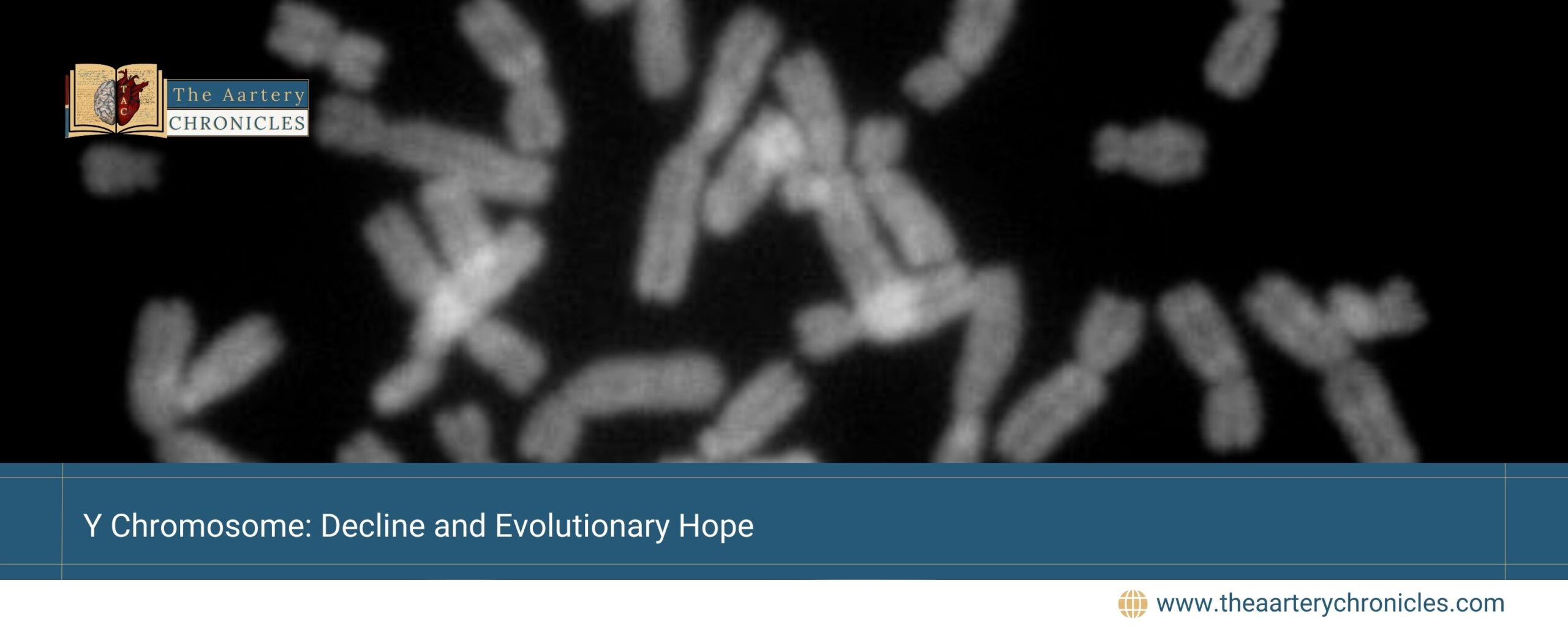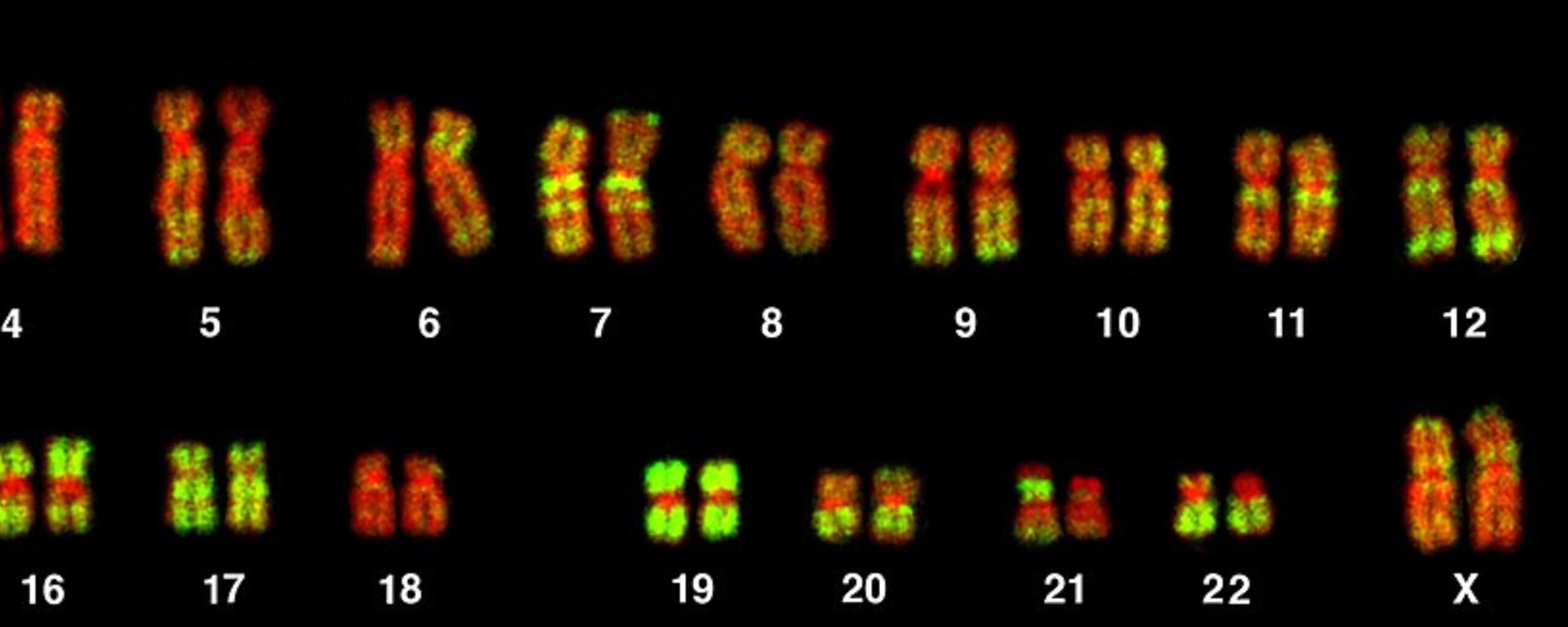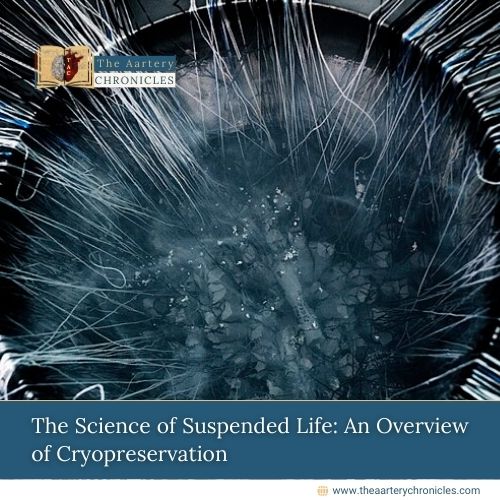

Y Chromosome: Decline and Evolutionary Hope
Overview
As science progresses, man’s understanding of the world advances, the researchers have found that the Y chromosome, one of the sex chromosomes has begun to disappear gradually. This decline poses a serious threat to humankind’s future, potentially the end of male offspring.
However, a study on another species that has already lost its Y chromosome offers some hope. According to the study, there can be an evolution of alternative mechanisms for males promising the continuation of humans.
Degeneration of Y chromosome
- The Y Chromosome out of the two sex chromosomes is responsible for the determination of the male sex
- Over millions of years the Y chromosome has shrunken to 55 genes from 1600 and has lost up to 97% of ancestral genes.
- The denaturation is believed to be the result of the Y chromosome not recombining with X causing an accumulation of mutations.
- Reportedly, the Y chromosome has been losing 10 genes every million years estimating its extinction by 4.5 million years. However, there are mixed opinions, as some studies mention that the Y chromosome has not lost any genes after being diverged from chimpanzees.
A Novel Study
The latest research published in the Proceedings of the National Academy of Sciences (PNAS), put forth significant evidence indicating how a rodent species called spiny rat which is native to Japan, evolved a new male gene after losing its Y chromosome.
Scientific Procedures
- Analysis of Genome: The team of researchers extensively analyzed a spiny rat’s genome to identify genetic sequences linked to sex determination and compared male and female genomes.
- Genetic Markers: A key duplication near the SOX9 gene was found on chromosome 3 in males.
- Experimental approach: Introducing this duplication into mice confirmed its crucial role in male sex determination.
- Comparative Genomics: The study involved a comparison of the Y chromosome of spiny rats with other species to find out that most Y genes had relocated.
Major Insights from the Study
- The species of spiny rate continues to reproduce despite the complete loss of the Y chromosome along with the SRY gene.
- Researchers found DNA duplication near the SOX9 gene in males that is important for male development.
- This duplication acts as an alternative mechanism for lost SRY gene and Y chromosome.
- These findings prove that spiny rats have evolved alternate sex-determining mechanisms giving a hope of a positive future for species facing degeneration of Y chromosomes including humans.

How does the sex determination work?
Sex determination is an extensive biological phenomenon and is crucial as it determines the sexual characteristics of an organism. Prime components of sex determination include genetics and environmental conditions. In several mammals and humans, sex determination is highly dependent on sex chromosomes X and Y.
Some mechanisms of sex determination include
- Chromosomal Basis
- SRY Gene
- Hormones
- Environmental factors in some species
Variability in sex determination across species
Diverse species of organisms have different ways of sex determination. Two prime types include: Genetic Sex Determination (GSD) and Environmental Sex determination (ESD)
- Genetic Sex Determination (GSD): Based on sex chromosomes: X and Y in humans, Z and W in birds
- Environmental Sex determination (ESD): Based on environmental factors and social cues such as temperature for reptiles
Some other systems of sex determination include
- Hermaphroditism: Organisms having both female and male reproductive organs such as clownfish
- Parthenogenesis: Reproduction without fertilization, commonly found in amphibians
- Haplodiploidy: A type of Genetic Sex Determination (GSD). In ants, bees, and other insects, where females are diploid and males are haploid.
- The degenerate Y chromosome--can conversion save it? | PubMed
- Turnover of mammal sex chromosomes in the Sry-deficient Amami spiny rat is due to male-specific upregulation of Sox9 | PANS
- Complete or partial loss of the Y chromosome in an unselected cohort of 865 non-vasectomized, azoospermic men | NCBI
- Sex Determination









